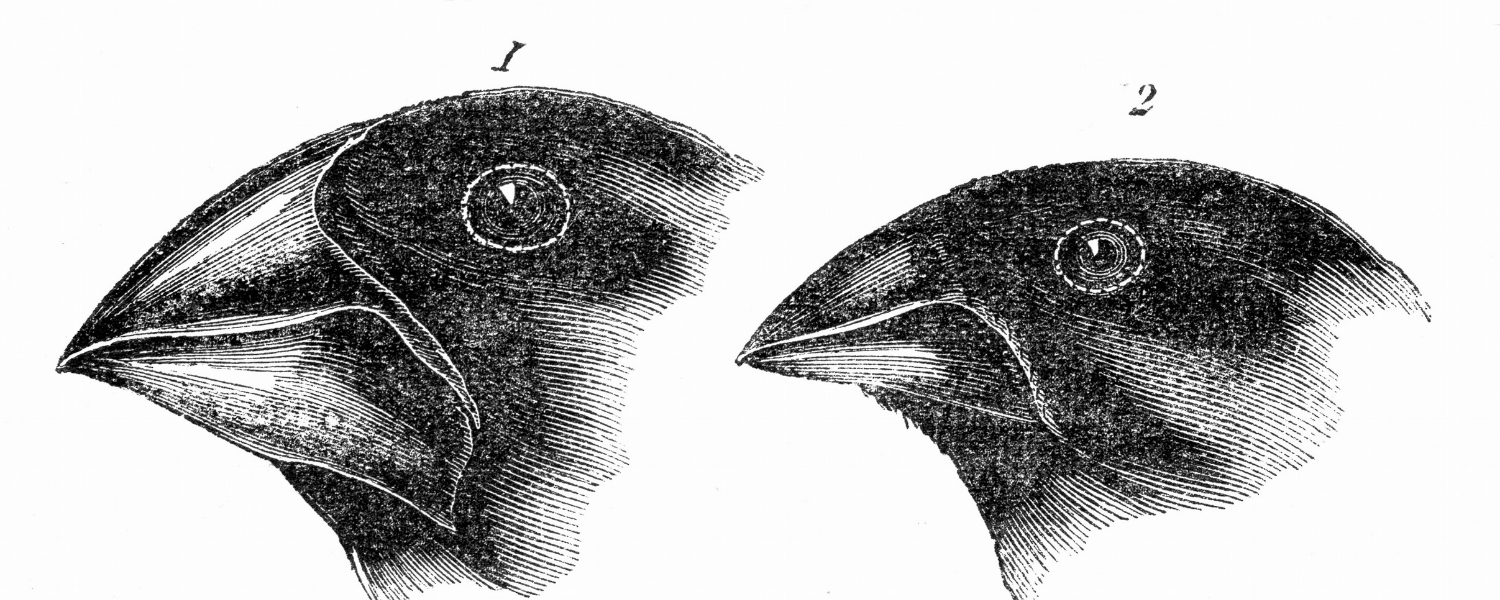
Historical Case Studies
Discovering how science works today by tracing how it's worked in the past
Why Historical Case Studies?
In most geology textbooks, what history of the development of geological knowledge that does appear, does so, usually as a tangent in the sidebar of the main text. The implicit message is that the history of the science is subsidiary to the science itself. However, it is the history of the science that gives the context into which we can place the reliability of that knowledge; how we can understand how and why the science developed the way it did. In 1947, James Bryant Conant wrote of the importance of teaching science students the “tactics and strategy” of science in the development of scientific knowledge. The ensuing historical case studies are following this lead.
The Historical Case Study Library
These historical case studies were designed to enhance the educational experience and outcomes by teaching the Nature of Science. Please explore and use them in your classroom!
The authors have focussed on a particular conceptual understanding in geoscience and elaborated on its development, paying special attention to the political, social, and economic influences on that development. By telling the “story” of particular geologic concepts in the vein of Bruno Latour’s “science-in-the-making", we take advantage of the assertions from cognitive scientists that the human brain is wired for learning through storytelling. This strategy also humanizes science for students, exposing the myth of the lone genius who is solely responsible for any particular discovery, by making it more inclusive and emphasizing the social connections directing the development of scientific knowledge.
Our Research Findings
Braiding history, inquiry, and model-based learning: A collection of open-source historical case studies for teaching both geology content and the nature of science
Abstract: Many of the current issues facing humans are geologic in nature. Whether the issue is mitigating the impact of geologic hazards, reducing air and water pollution, managing the energy of mineral resources, or minimizing the impact of anthropogenic global climate change, we require a geosciences-literate population. This is crucial to developing policies to best address these issues and to voting to implement such policies. In this article, we introduce a novel strategy for teaching geoscience content, as well as the nature of science, to a diverse audience: the historical case study. Essentially, the historical case studies “braid” the separate strands of history, inquiry, and model-based learning into a narrative, thus allowing students to experience science in the making. This is in contrast to ready-made science as traditionally taught. We discuss the generations of the cases, summarize their content, and describe their implementation in multiple contexts of different courses. We also provide insights from the undergraduate researchers who developed the cases, the instructors who implemented them, and some preliminary data on student knowledge development concerning both geoscience content and nature of science. The cases are available online and open to the public. We welcome any feedback you wish to share.

